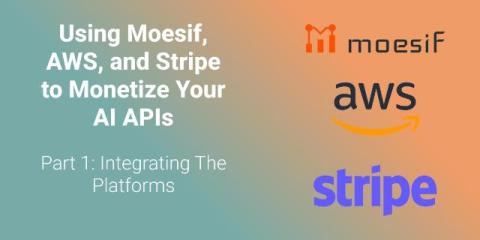White Box Testing: All You Need To Know
White box testing is a testing method where testers evaluate the quality of a system with full knowledge of its internal structures. Here, the testers have access to the system's source code and understand how it operates internally. They know not only what the software does but also how it achieves those results. In this article, we’ll learn more about white box testing in-depth, the common techniques used, and white box testing best practices.










